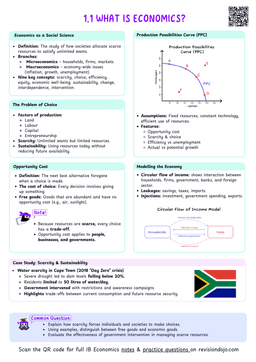Economic factors affect and respond to each other in different ways:
- Quantity demanded responds inversely to the change in price (law of demand).
- Quantity supplied responds positively to the change in price (law of supply).
This section's new concept, elasticity, focuses on measuring this responsiveness.
Price Elasticity of Demand
Price Elasticity of Demand (PED)
A measure of the responsiveness of quantity demanded when there is a price change.
According to its price elasticity, the demand for goods and services can be categorised into:
- Relatively elastic demand.
- Relatively inelastic demand.
- Unitary elastic demand.
- Perfectly elastic demand.
- Perfectly inelastic demand.
Relatively Elastic Demand
When demand is relatively elastic, consumers are highly responsive to price changes.
- A small change in price causes a large change in the quantity demanded.
- The PED is also higher than 1.
Think of a good with a lot of substitutes like a specific brand of coffee:
- If the price of that brand of coffee rises by even a little bit, people will switch to substitutes
- Hence the quantity demanded of that one good will fall by a lot.
Note: The argument "What if people don't switch because they just like that brand of coffee more or are loyal to it" does not hold because:
- If we assume the brand of coffee has substitutes then they value the other coffee brands as much as this one.
- If they like this coffee brand or are loyal to it then the assumption of having substitutes wouldn't hold.
Relatively Inelastic Demand
When demand is relatively inelastic, consumers are less responsive to price changes.


